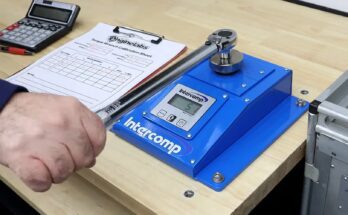In the second half of the 20th century, the poster child of kitchen innovation was the microwave oven. Borrowing tech designed for use in radar in World War II, it offered a truly novel way to cook food. A magnetron creates an electromagnetic field that reverses polarity billions of times a second, showering food with waves that cause its water and fat molecules to constantly reorient themselves. That vibration heats neighboring molecules, resulting in speedy cooking … sort of. Since microwaves can’t penetrate very far into food, and the waves don’t contact the food evenly, only certain parts heat quickly. Anyone who’s zapped a slab of frozen lasagna and taken alternating bites of magma-hot cheese and ice-cold meat sauce knows this all too well. The microwave is fast, convenient, and imprecise.
Professional cooks know that the key to precise cooking has to do with the relationship between heat and humidity, and having relied on combi (combination) ovens for decades, they know what is possible when these devices hand them fine control over both.
In her 2005 New York Times Magazine story “Under Pressure,” Amanda Hesser posited that sous vide–at the time a technique used almost exclusively by top and experimental chefs–would “probably trickle down to the home kitchen someday.” How right she was. Today you can buy an affordable sous vide circulator, the shape and size of a Maglite flashlight, that can hold a container of water at a temperature accurate to a tenth of a degree. Let a ribeye steak, sealed in a plastic bag, swim in a 130 ?F bath and it’ll emerge medium-rare from edge to edge. Sous vide trades on qualities nearly antithetical to the microwave: it is slow (an hour and a half to two hours for that perfectly cooked ribeye), relatively inconvenient (you need to plan ahead and often finish the job with a final sear), and highly precise. The fact that sous vide found a real following suggests that for many home cooks today, precision is at least as important as convenience.
Do cooks in 2021 really have to make that binary choice? A clutch of sleek tech-forward appliances would have us believe the answer is no. Many promise precision on par with sous vide cooking, but with more robust capabilities–such as the ability to brown food–while providing convenience through copious smart features like apps and pre-programmed recipes. Like their predecessors, a number of them rely on impressive-sounding technology to do the cooking.
Take the Brava Oven, which cooks using visible and infrared light. According to the manufacturers, inside the toaster-oven-size, windowless box are “six high powered lamps that get hotter than a wood fire pizza oven.” But brute-force heat isn’t the intention here. Instead, the oven targets those lights in different areas of the oven, such as the underside of the tray your food sits on, or at the food directly, to concurrently cook two different foods–say, a steak and some asparagus–on the same tray and produce an ideal version of each.


